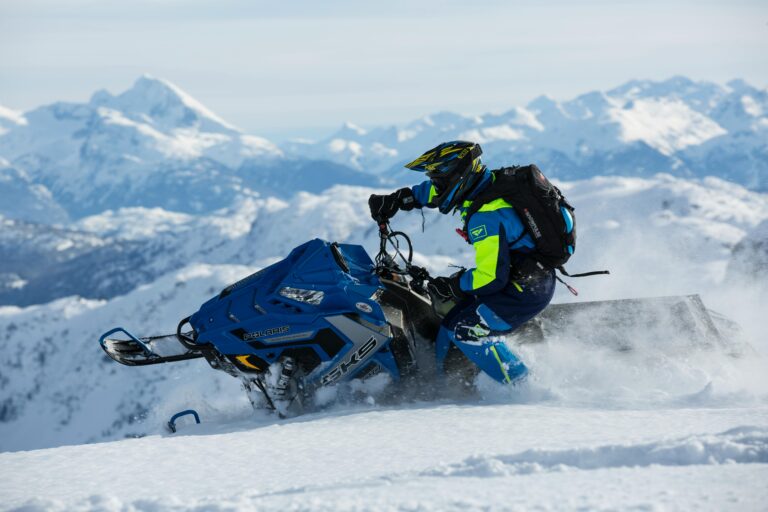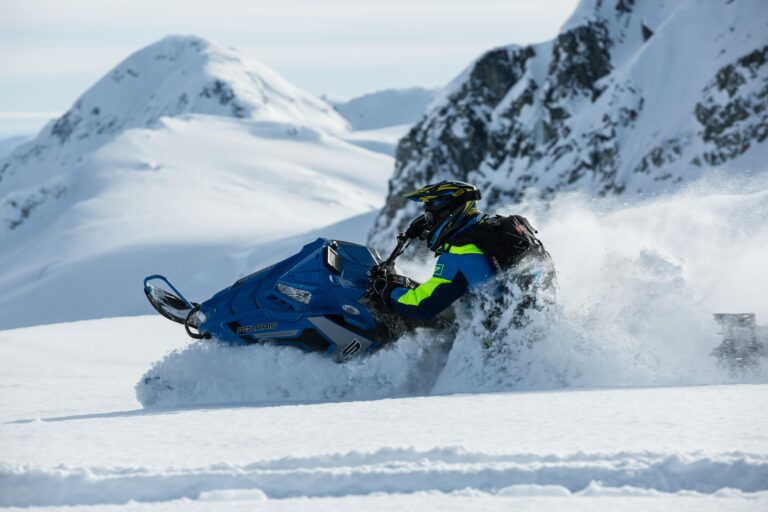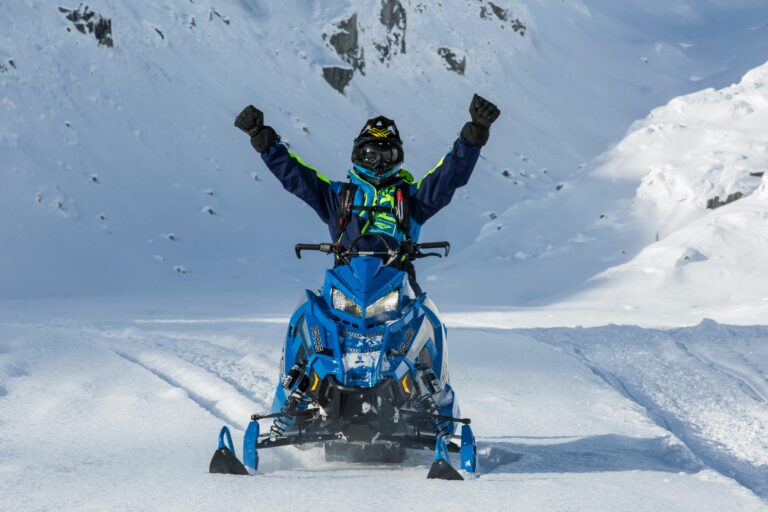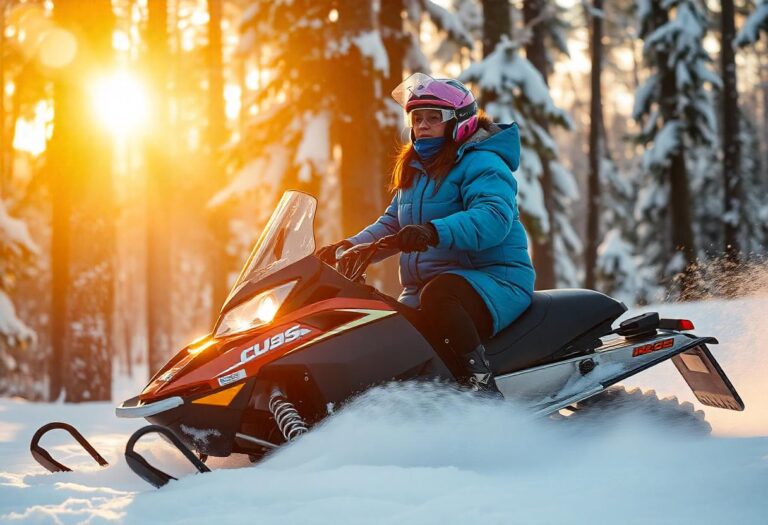How Does a Snowmobile Clutch Work?

Ever twist the throttle on your snowmobile and wonder what’s actually going on inside? Think of the snowmobile clutch as the quiet workhorse, managing how your engine’s power makes it to the track. In this post, I’ll break down how snowmobile clutches work, why they matter, and how understanding them can help you get the smoothest ride possible. By the end, you’ll see your snowmobile in a whole new light—and maybe even get a few ideas for tweaking its performance.
A snowmobile clutch works by engaging and disengaging engine power to the drivetrain through two primary components: the primary clutch and the secondary clutch. The primary clutch modulates power from the engine, while the secondary clutch controls how that power is transmitted to the drive belt, impacting acceleration and overall performance.
Basically, the clutch is a clever bit of machinery that smoothly passes engine power to your tracks. Let’s break down those two main players: the primary and secondary clutches, to see how they pull off this balancing act.
Mechanics of Primary and Secondary Clutches
The primary clutch operates on centrifugal force. As you rev up, weights inside it fling outward, grabbing the drive belt tighter and sending power to the secondary clutch. The way this clutch is built affects how quickly your snowmobile responds when you hit the gas. So, if you want quick acceleration, this part really matters.
Then there’s the secondary clutch, which takes that power and pushes it to the track. It’s like the clutch’s partner in crime, fine-tuning how that power gets used for speed and control. This duo ensures your snowmobile either surges forward when you want or eases off when needed.
Think about it this way: if the primary clutch takes too long to engage, your snowmobile feels sluggish at takeoff. But if it grabs too fast, you might lose smooth control or even stall. Getting this balance right is what makes riding satisfying.
Power Modulation Explained
Power modulation is just a fancy way of saying the clutch adjusts power flow depending on how fast you’re going and how much you’re pushing the throttle. When you gun it, the primary clutch’s weights push outward, engaging the belt. Meanwhile, the secondary clutch’s springs keep the belt tension just right, passing the power from engine to tracks smoothly.
This is why your snowmobile can handle everything from steep climbs to flat trails without missing a beat. Clutch modulation means you get max power going uphill but a softer roll on level ground.
Reference Animations and Diagrams
If you want to see this all in action, I recommend checking out some visual guides. They really clear up the mechanical magic behind these clutches. Here’s a great starting point: Understanding the Snowmobile Clutch System. And for an even closer look, watch the video below:
Summary Table of Clutch Components
| Component | Function | Importance |
|---|---|---|
| Primary Clutch | Engages engine power to the belts | Critical for acceleration |
| Secondary Clutch | Distributes power to the drivetrain | Ensures smooth ride and control |
| Weights | Control engagement at various RPMs | Balance of power and control |
| Springs | Modulate tension in the secondary clutch | Affect acceleration response |
Both parts work hand-in-hand to keep your snowmobile running at its best. Knowing how these components interact can save you from frustration when the trail gets tricky or when you want to tweak your ride’s feel.
Whether you’re cruising fresh powder, handling tight turns, or powering up hills, this clutch system is at the heart of how your snowmobile performs.
Conclusion
If you want to geek out even more on snowmobile mechanics, Michigan State University has some solid deep dives, like Michigan State University’s Clutch Principles. Their breakdowns will come in handy for tuning, maintenance, or troubleshooting.
And hey, if you prefer videos, here’s another clear explanation that goes even further:
Understanding your clutch system isn’t just for mechanics—it’s for anyone who wants a smoother, more responsive ride. Give it a look, and next time you hit the trail, you’ll know exactly what’s making your snowmobile tick.






